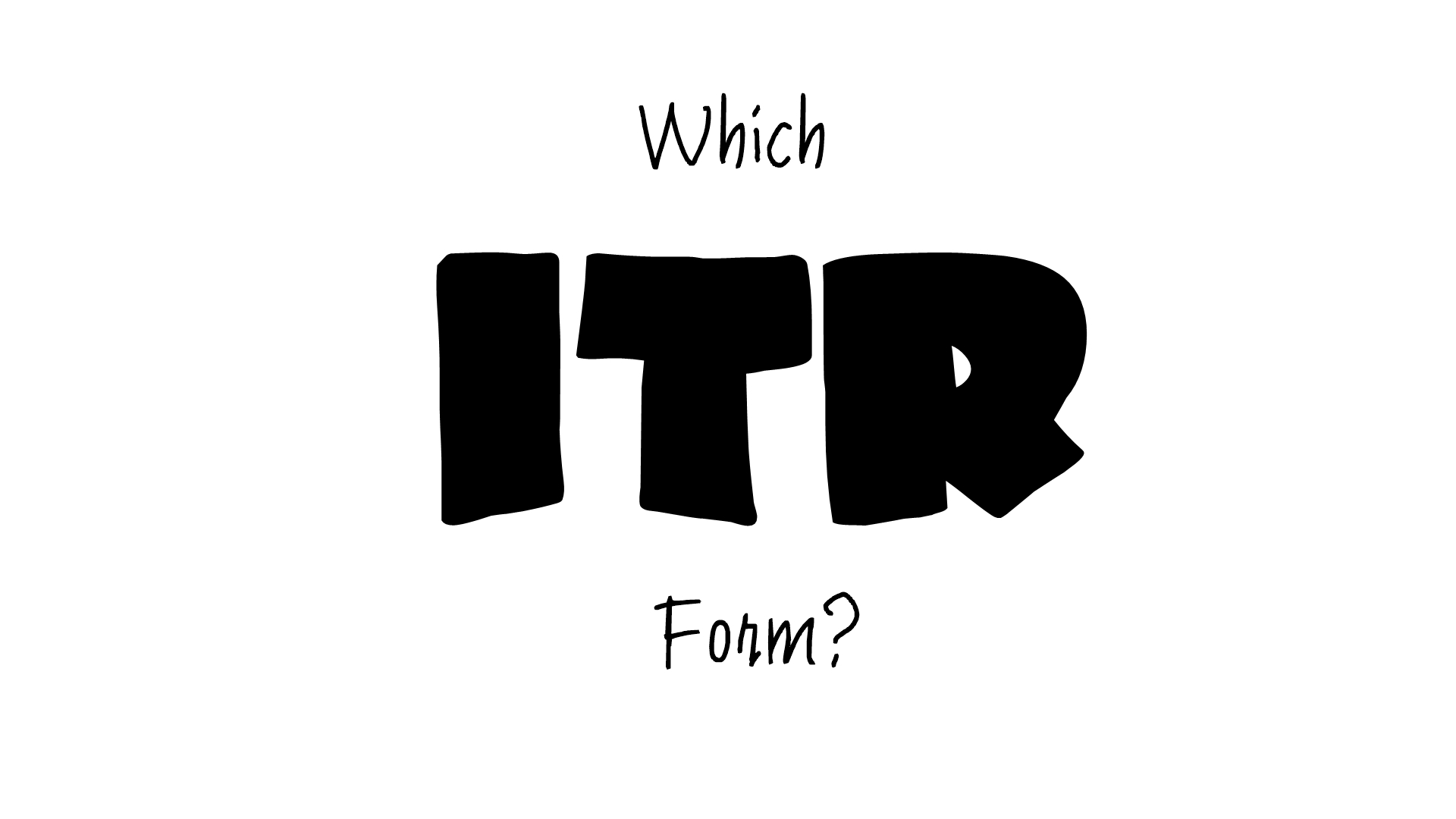
The ITR forms have been made applicable for FY18-19. The changes and additional information will not only bring more transparency but also help in automatically validating or cross-checking the income and other details that the tax authorities may have from other sources. The details regarding each form are as under:
ITR 1 (SAHAJ): For individuals being a resident (other than not ordinarily resident) having total income up to Rs.50 lakh, with income from salaries, one house property, other sources (interest, etc.), and agricultural income up to Rs.5,000. It is not for an individual who is a director in a firm or has invested in unlisted equity shares.
ITR 2: For individuals and HUFs not having income from profits and gains of business or profession.
ITR 3: For individuals and HUFs having income from profits and gains of business or profession.
ITR 4 (SUGAM): For individuals, HUFs and firms (other than LLP) being a resident having total income up to Rs.50 lakh and having income from business and profession which is computed under Sections 44AD, 44ADA or 44AE. It is not for an individual who is either director in a company or has invested in unlisted equity shares.
ITR 5: For persons other than (i) individual, (ii) HUF, (iii) company and (iv) person filing Form ITR-7.
ITR 6: For companies other than those claiming exemption under Section 11.
ITR 7: For persons including companies required to furnish return under Sections 139(4A) or 139(4B) or 139(4C) or 139(4D).
Additional details to be furnished in new ITR forms
The assessee who is filing ITR 2 or ITR 3 has to provide a history of stay in India to determine residential status for income tax purposes.
In case rental income from house property on which tax has been deducted, the details of TAN/PAN of the tenant for claiming the credit for the tax deducted by the tenant has to be given.
In case any tax has been deducted by the buyer in respect of the sale of any immovable property, then have to mandatorily furnish the details of the PAN of the buyer for claiming the TDS credit.
Salaried Employee: Exempt allowance to be shown separately along with the bifurcation for deductions claimed under Section 16 of the I-T Act, 1961. TAN of employer mandatory required to be reported in ITR 2 and ITR 3.
In ITR form 2 and 3, additional details in case of agricultural income are required to be reported, such as the name of the district with pin code, measurement of agricultural land, whether owned/leased, whether irrigated or rain-fed under the “exempt income schedule”. In addition, reporting of income not chargeable to tax under the tax treaty is required to be disclosed in this schedule.


